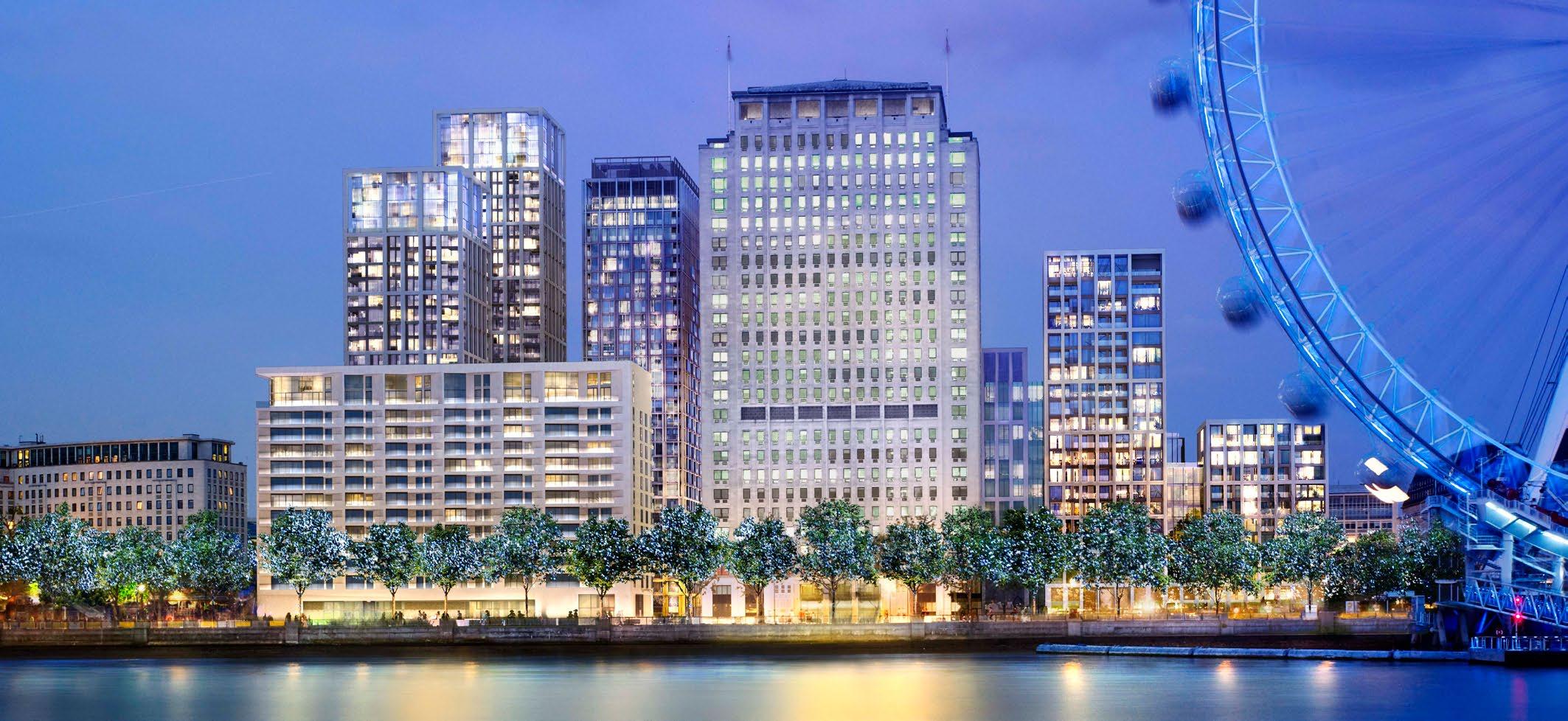
3 minute read
Montélimar Hospital: Emergency on France’s sunshine route
Since 2009, the building automation at Montélimar Hospital has been extended gradually and adapted to changing needs. SAUTER components and systems ensure excellent reliability in day-to-day hospital operations and emergency situations such as the coronavirus crisis.
Every year it starts in spring and continues till autumn – during the summer months, the Montélimar rest area is as busy as a Parisian department store in the run-up to Christmas. Vehicles in their tens of thousands stop on their way along the “Route du Soleil”, connecting the centre of France to the Med. This year, everything was different. Far from its almost hundred thousand visitors, Europe’s busiest rest stop was virtually dead during this year’s Easter holidays. In stark contrast, crowds thronged just a few kilometres to the north. A state of emergency had broken out – at the Groupement Hospitalier Portes de Provence, or Montélimar Hospital for short. The first wave of the coronavirus was making itself felt around the world. Here in south-eastern France, however, the number of serious Covid-19 cases had already exploded by March. The region’s health facilities were rapidly pushed to their limits.
Hospitals worldwide in the spotlight
Hospitals did all that they could to master the situation. To increase admission capacity in ICUs, walls were moved and emergency wards equipped with extra beds.
At Montélimar Hospital, a crisis cell was convened, consisting of management, support, logistics and technical services, to adapt hospital organisation day by day. Staff numbers were ramped up to a maximum. This was especially true of the hygiene service, responsible for cleaning the premises and maintaining stocks of protective equipment. It had to ensure constant compliance with government recommendations changing over the weeks – sometimes even from one day to the next.
Building automation assisting in the crisis
Parameters such as temperature, humidity and air circulation – controlled and monitored centrally – affect the spread of pathogens in the air. This means that building automation can also help protect against infection. The measures taken to contain the corona pandemic reflect the importance of responding flexibly to changing requirements. To monitor Covid-19 patients, some hospitals set up rooms with negative pressure. Contaminated air can thus be kept in the room before a controlled discharge is performed.
Outlook – the new “normal”
As the summer holidays commenced, towns in Provence and on the Côte d’Azur gradually filled with tourists again. Major events however, like Montélimar’s annual lavender festival, have had to be postponed this year. The local hospital is following closely how the crisis further evolves. It is expected that the facility will remain on alert until September 2021.

Aerial view of the Montélimar hospital
© Groupement Hospitalier des Portes de Provence
Many years working successfully together
Building automation in hospitals has a challenging task. Different areas, such as operating theatres and patient wards and rooms, have varying heating, ventilation and interior climate requirements. To ensure reliable medical care around the clock, however, installations must remain fully functional. Building technology problems in building complexes such as in Montélimar thus need to be located and rectified quickly.
In 2019, the Portes de Provence clinic group modernised and expanded its emergency facilities. During the project, SAUTER Vision Center (SVC) was selected as the building and energy management system for the entire hospital. Centralising all the data in SVC marks the peak of eleven years’ successful collaboration. The building automation has been gradually enhanced – from installation of the novaPro32 building management system in 2009, integration of the moduWeb Vision visualisation software and finally culminating in SVC. Various modulo-series automation stations have been used in the clinic group’s plants. Backwards compatibility has therefore played a pivotal role. BACnet – the standard independent of system and manufacturer – has been deployed and moduWeb Vision connected directly via web services. This has enabled integration of all devices in the current software generation.
Evaluating 15,000 variables in SAUTER Vision Center guarantees the reliability necessary in Montélimar. If an error occurs – when monitoring and visualising sensitive rooms, for example – the system delivers a precise, real-time report with error type and location. Building managers can call on technicians to swiftly resolve any problems. System scalability was also a key factor in opting for SVC. On-site extensions are easily performed and more projects are in fact already planned. What is more, a maintenance contract with SAUTER gives managers peace of mind as to the systems’ constant, trouble-free operation.










